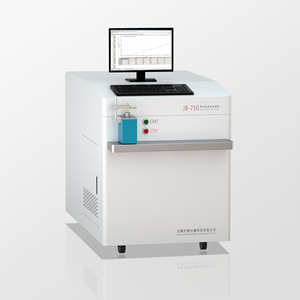With the advancement of optical emission spectrometer technology, there are many varieties of ptical emission spectrometers on the market, but no matter what ptical emission spectrometer, accurate calibration is essential for accurate results.

The role of standardization is generally used to calibrate the working curve of the ptical emission spectrometer when it leaves the factory: due to the working curve drawn by the factory, the working curve will change after a period of time, such as changes in the environment, the influence of argon, fluctuations in the power supply, If the lens is not standardized and the deviation of the working curve is severe, then there will be a great deviation in the detection data.
Standardized samples are generally set at the factory (high and low standard). By comparing the light intensity value detected by the high and low standards with the original intensity value, the corresponding standardization coefficient is obtained, which meets the manufacturer's requirements for standardization (general coefficient). The requirement is 0.9~1.2), and the cycle is generally determined according to the actual effect (usually once every 3 days). If the data is accurate and stable, it can be extended appropriately.
Points to note when standardizing calibration:
(1) Before standardization, it must be ensured that the state of the excitation point is good (multiple excitation of the waste point or argon for more than half an hour);
(2) The standardized samples must be cleaned, the surface is flat, and the lines are clear;
(3) The excitation table must be cleaned, and the excitation electrode must be cleaned (one brush).